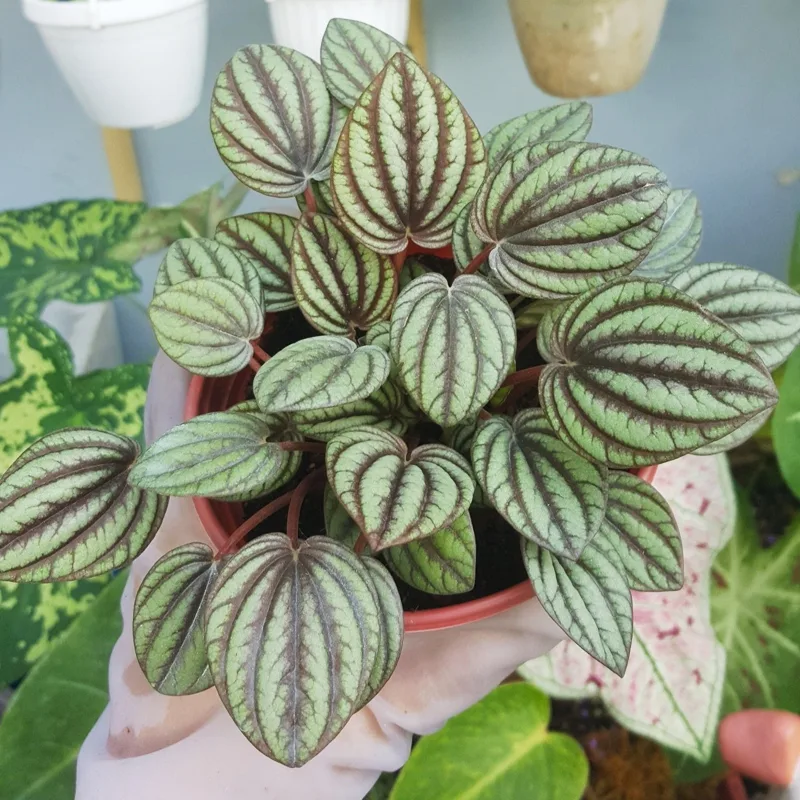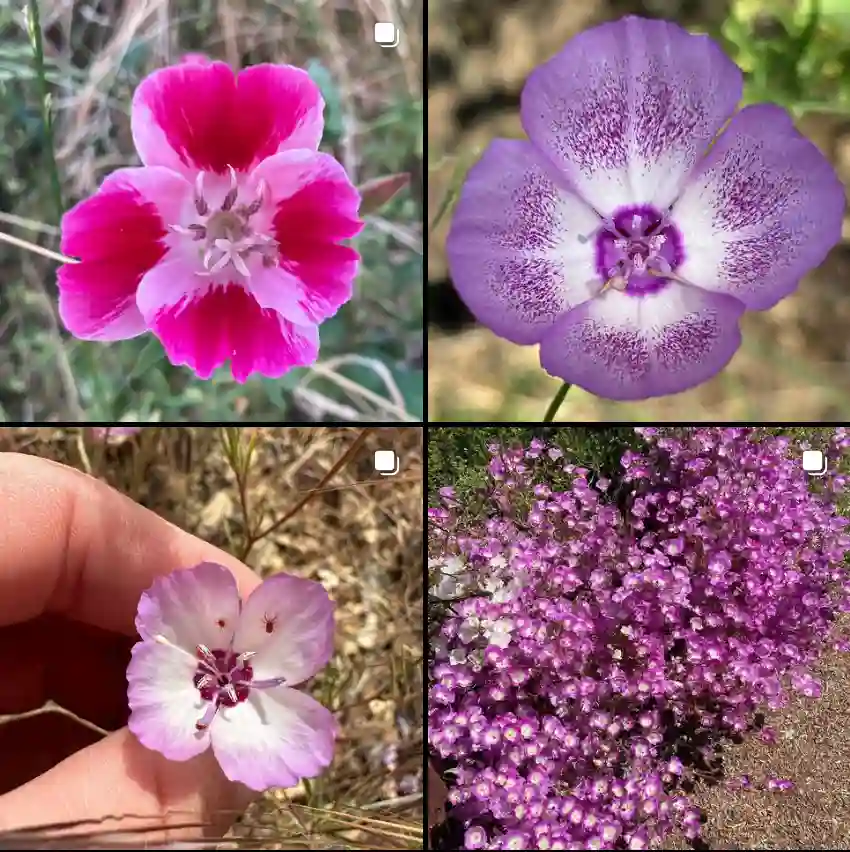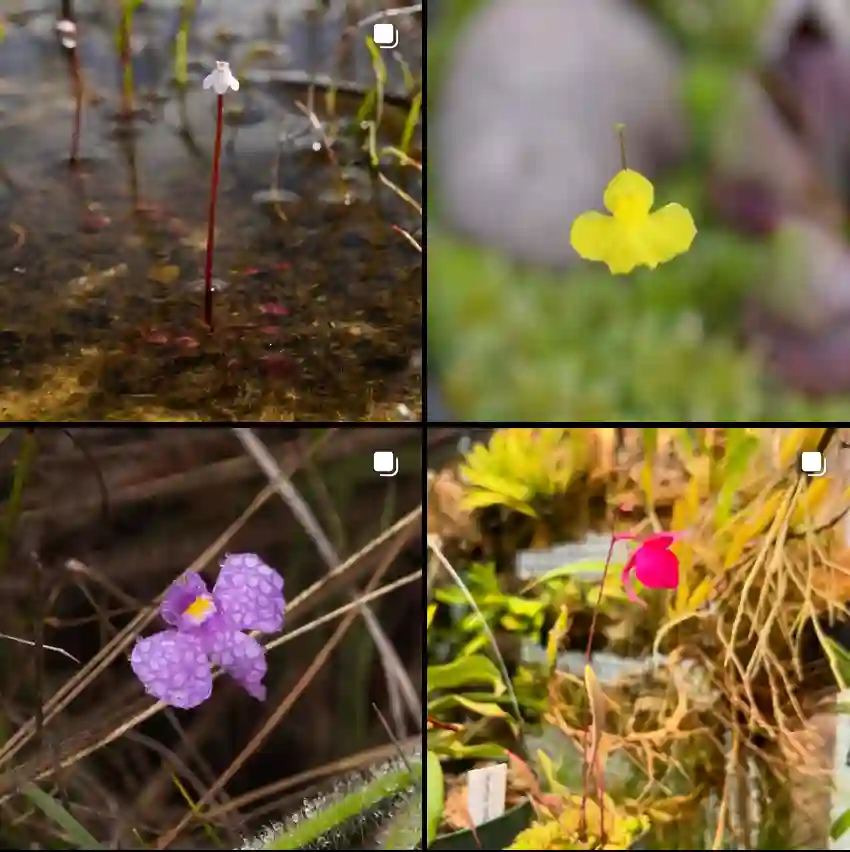FAQs About Bryonia Alba: What You Need to Know
Bryonia Alba, often known as white bryony, is a fascinating plant with a range of uses and considerations. As someone with a keen interest in plants and their uses, I’ve delved into various aspects of Bryonia Alba to shed light on some common questions. Here’s a comprehensive guide based on my experiences and research.
10 Species in Genus Bryonia
What is Bryonia Alba?
Bryonia Alba is a perennial climbing plant that belongs to the Cucurbitaceae family, which also includes cucumbers and pumpkins. It is native to Europe and parts of Asia. The plant features large, lobed leaves and produces greenish-white flowers followed by red berries. Its roots are thick and tuberous, and they are often used in herbal medicine.
Is Bryonia and Bryonia Alba the Same?
Yes, Bryonia and Bryonia Alba are the same plant. Bryonia Alba is the full scientific name for what is commonly referred to as Bryonia. The term “Bryonia” can refer to several species within the Bryonia genus, but Bryonia Alba specifically denotes the white bryony, which is known for its distinctive appearance and medicinal properties.
What is Bryonia Alba Used For?
Bryonia Alba has a variety of uses, both medicinal and practical. Traditionally, the root of Bryonia Alba has been used in herbal medicine for its potential therapeutic properties. It’s believed to have anti-inflammatory and analgesic effects, which makes it useful in treating conditions such as arthritis and rheumatism. In folk medicine, Bryonia Alba has also been used to alleviate symptoms of respiratory conditions like coughs and colds.
What is Bryonia Alba Used for in Homeopathy?
In homeopathy, Bryonia Alba is used to treat a range of ailments, including flu-like symptoms, joint pain, and gastrointestinal issues. Homeopathic practitioners often prescribe it for conditions where symptoms worsen with movement and improve with rest. It is used in very diluted forms, and the exact dosage and potency are tailored to individual needs based on symptoms and overall health.
How to Kill Bryonia Alba?
Bryonia Alba can be quite invasive if not managed properly. If you need to control or eliminate it, the best approach is to focus on mechanical removal. This involves pulling out the plant by its roots and ensuring that all parts of the root system are removed to prevent regrowth. Herbicides can also be used, but they should be applied with caution due to the plant’s potential to spread and affect other nearby vegetation.
Is Bryonia Alba Safe During Pregnancy?
Bryonia Alba is generally not recommended during pregnancy. Its active compounds can potentially cause adverse effects, and its safety profile for pregnant individuals has not been well established. It’s best to avoid using Bryonia Alba in any form if you are pregnant or planning to become pregnant, and consult with a healthcare professional for safer alternatives.
How to Care for Bryonia Alba?
Caring for Bryonia Alba involves ensuring that the plant has the right growing conditions. It prefers a sunny location with well-drained soil. Regular watering is necessary, especially during dry periods, but avoid waterlogging. Providing a trellis or support can help the plant climb and spread as it naturally does. Be mindful of its potential invasiveness and manage its growth to prevent it from overtaking other plants.
How to Propagate Bryonia Alba?
Propagating Bryonia Alba can be done through seed sowing or by taking cuttings. Seeds should be sown in the spring after the last frost. They need to be kept in a warm, well-lit area to germinate. For cuttings, take a healthy piece of the plant in late summer, and plant it in a well-draining medium. Both methods can successfully produce new plants if proper care is taken.
What to Plant with Bryonia Alba?
When planting Bryonia Alba, consider companion plants that have similar growing conditions. Plants like climbing roses, clematis, or other vigorous climbers can work well. These companions can help support Bryonia Alba and create a lush, green environment. Avoid planting it with other invasive species that could compete for resources.
Can You Grow Bryonia Alba Indoors?
Bryonia Alba is primarily an outdoor plant due to its climbing nature and space requirements. Growing it indoors can be challenging as it requires ample light and space to thrive. If you want to try it indoors, provide a large container, sufficient light, and a support structure for the plant to climb. However, outdoor growth is typically more successful.
Is Bryonia Alba Toxic?
Yes, Bryonia Alba is toxic if ingested. The plant contains compounds that can cause gastrointestinal distress, nausea, and vomiting. It is essential to handle the plant with care and keep it out of reach of children and pets. If accidental ingestion occurs, seek medical attention immediately.
Common Problems with Bryonia Alba
Common issues with Bryonia Alba include its potential to become invasive and its susceptibility to fungal diseases. Regular maintenance and monitoring can help manage these problems. Ensuring proper spacing and using organic fungicides can mitigate some of the challenges associated with growing this plant.
Compare Bryonia Alba with Other Plants
Bryonia Alba can sometimes be confused with other similar-looking plants, such as Bryonia Dioica, which is known as red bryony. While both species have similar growth habits, Bryonia Alba is characterized by its white berries and specific medicinal uses. Understanding these differences can help in accurate identification and application.
By understanding these aspects of Bryonia Alba, you can better manage and utilize this plant, whether you’re growing it for its medicinal properties or simply appreciating its unique characteristics.
If i die, water my plants!



